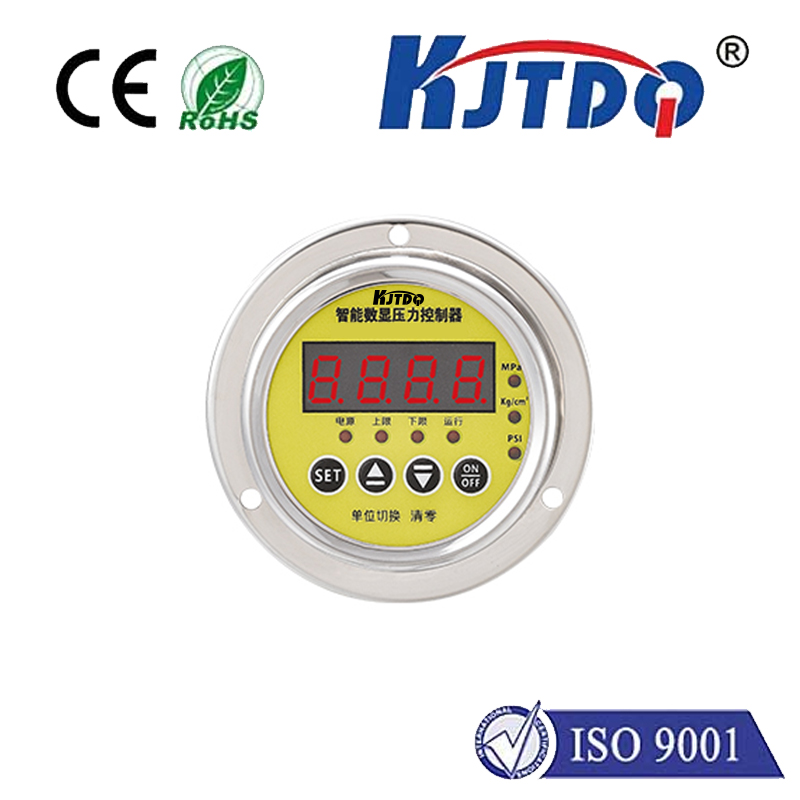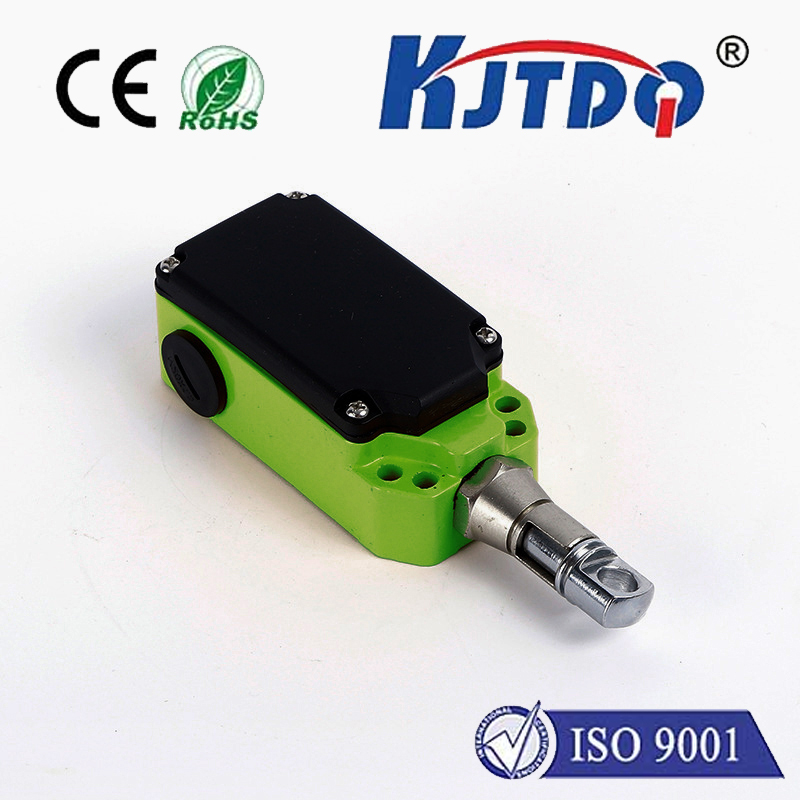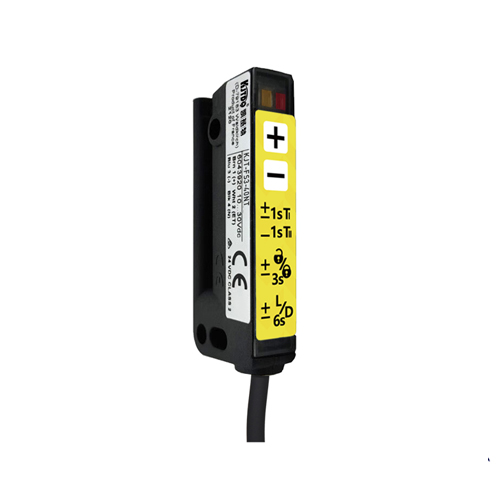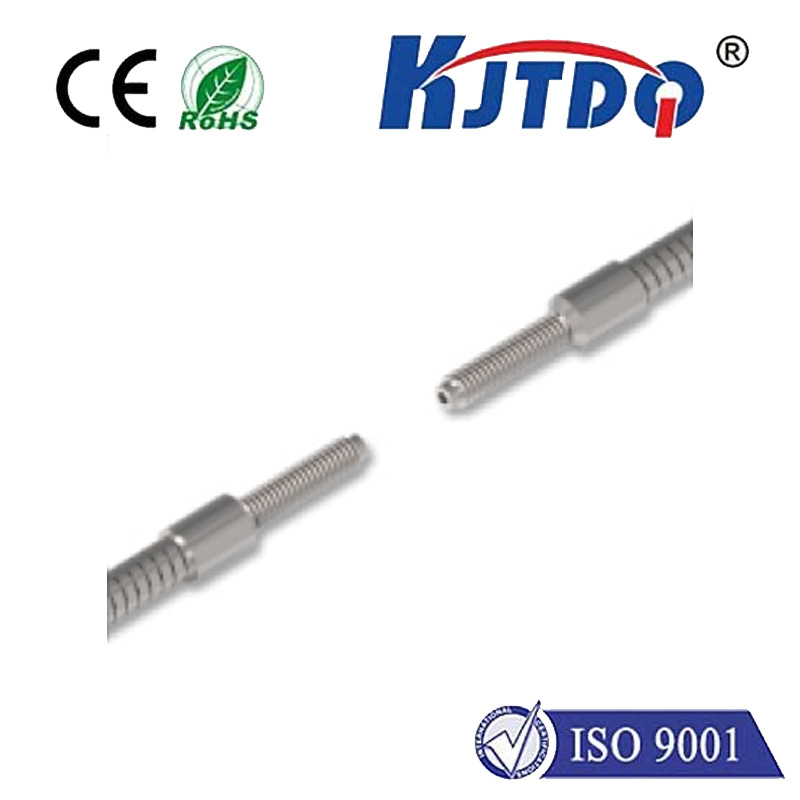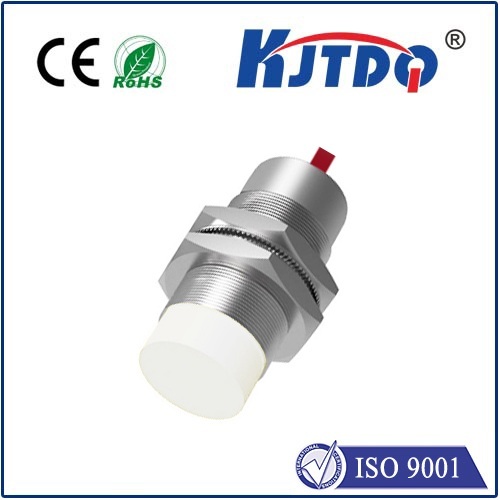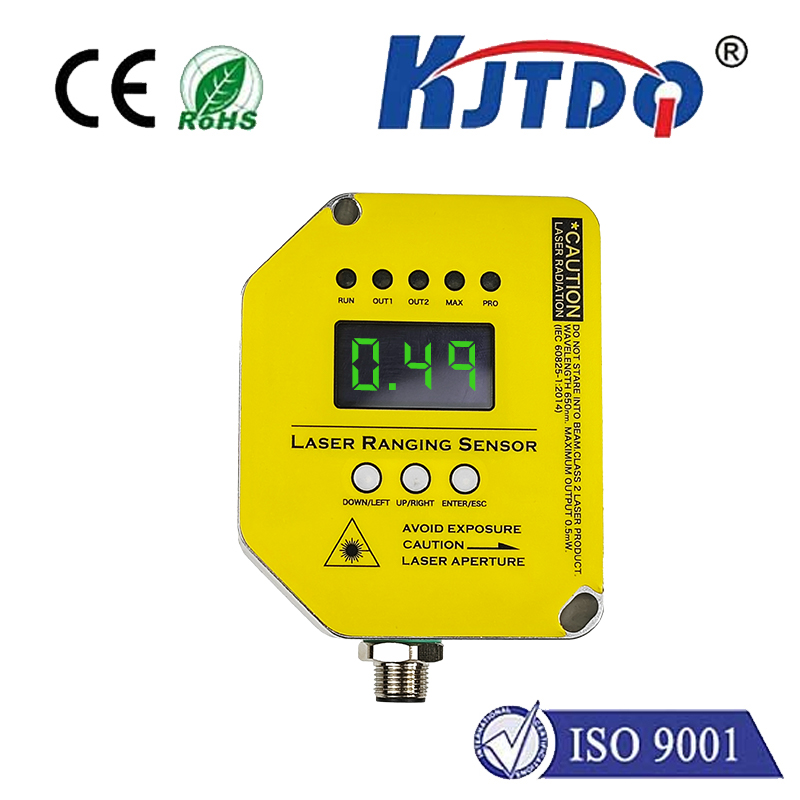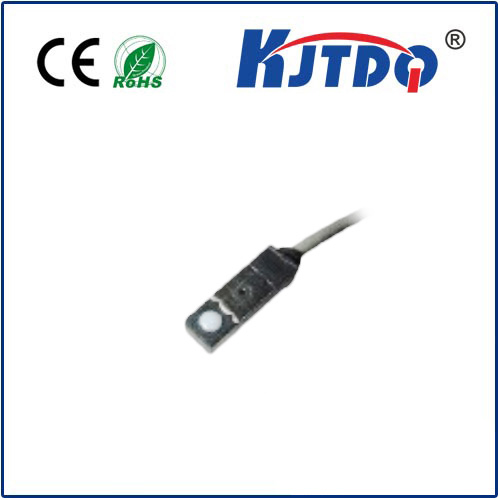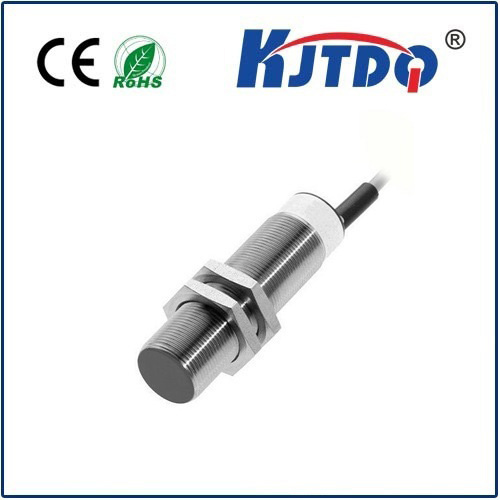The Ultimate Guide to Laser Gas Leak Detectors: Precision and Safety in Industrial Applications Gas leaks are a silent yet potentially catastrophic threat in various industries, from oil and gas to manufacturing and chemical processing. Detecting these leaks swiftly and accurately is not just a matter of efficiency—it’s a matter of safety. Enter the лазерный течеискатель, a cutting-edge technology that has revolutionized the way industries monitor and address gas leaks. This article delves into the workings, benefits, and applications of laser gas leak detectors, offering insights into why they are becoming an indispensable tool in modern industrial safety.
At the core of a laser gas leak detector is absorption spectroscopy, a technique that leverages the unique way gases absorb specific wavelengths of light. Here’s how it works:
Laser Emission: The detector emits a laser beam tuned to a wavelength that matches the absorption spectrum of the target gas.
Gas Interaction: As the laser travels through the air, it interacts with the gas molecules. If the target gas is present, it absorbs some of the laser light.
Signal Analysis: The detector measures the intensity of the laser light before and after it passes through the gas. By analyzing the difference, the device can determine the concentration of the gas. This process is highly precise, enabling the detector to identify even trace amounts of gas with remarkable accuracy.
Laser gas leak detectors are renowned for their ability to detect minute concentrations of gas. Unlike traditional methods that may struggle with low-level leaks, laser technology can identify leaks as small as parts per billion (ppb), ensuring no potential hazard goes unnoticed.
One of the standout features of these detectors is their ability to operate without physical contact. The laser can scan large areas from a distance, making it ideal for hard-to-reach or hazardous locations.

Laser detectors provide instantaneous results, allowing for real-time monitoring of gas levels. This is crucial in environments where rapid response is essential to prevent accidents or equipment damage.
These detectors can be used to identify a wide range of gases, including methane, carbon dioxide, ammonia, and more. This versatility makes them suitable for diverse industrial applications.
By enabling early detection of gas leaks, laser detectors significantly reduce the risk of explosions, fires, and health hazards, thereby enhancing overall workplace safety.
In the oil and gas sector, even a small leak can have devastating consequences. Laser gas leak detectors are used to monitor pipelines, storage tanks, and refineries, ensuring compliance with safety standards and preventing costly incidents.
Chemical plants often deal with hazardous gases that pose significant risks to workers and the environment. Laser detectors provide a reliable way to monitor these gases and mitigate potential dangers.
Power plants, especially those using natural gas, rely on laser detectors to ensure the safe operation of their facilities. Early detection of leaks can prevent equipment failure and downtime.
Laser gas leak detectors are also used in environmental monitoring to track greenhouse gas emissions and assess air quality. Their precision makes them invaluable in efforts to combat climate change.
In aerospace applications, these detectors are used to monitor fuel systems and ensure the safety of aircraft. They are also employed in defense to detect hazardous gases in military operations.
When selecting a laser gas leak detector, consider the following factors:
Target Gas: Ensure the detector is calibrated for the specific gas you need to monitor.
Чувствительность: Opt for a device with the appropriate sensitivity level for your application.
Range: Consider the distance over which the detector can effectively operate.
Долговечность: Choose a model that can withstand the environmental conditions of your workplace.
Доступность: Look for user-friendly features such as intuitive interfaces and automated alerts.
As technology continues to evolve, laser gas leak detectors are becoming even more advanced. Innovations such as portable handheld devices and integration with IoT systems are making these tools more accessible and efficient than ever before. With their ability to provide accurate, real-time data, laser detectors are set to play a pivotal role in the future of industrial safety. In conclusion, the laser gas leak detector is a game-changer in the field of gas detection. Its precision, versatility, and non-contact operation make it an essential tool for industries prioritizing safety and efficiency. Whether you’re managing a chemical plant, an oil refinery, or a power generation facility, investing in this technology is a step toward a safer and more sustainable future.
